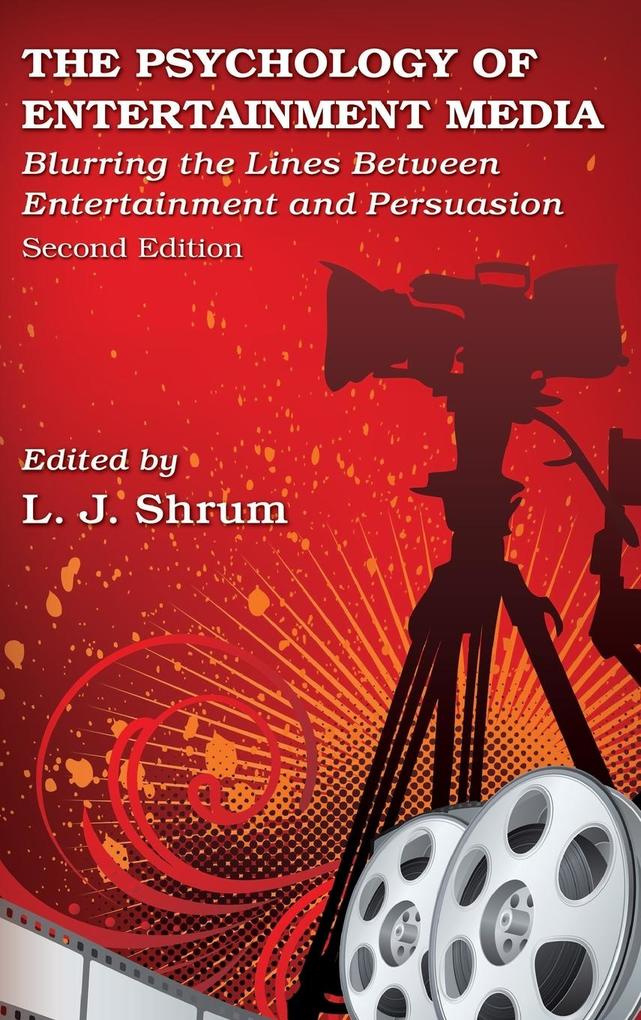Bücher versandkostenfrei*100 Tage RückgaberechtAbholung in der Wunschfiliale
NEU: Das Hugendubel Hörbuch Abo - jederzeit, überall, für nur 7,95 € monatlich!
Jetzt entdecken
mehr erfahren
Zustellung: Mi, 09.07. - Sa, 12.07.
Versand in 7 Tagen
VersandkostenfreiBestellen & in Filiale abholen:
First Published in 2012. Routledge is an imprint of Taylor & Francis, an informa company.
Inhaltsverzeichnis
L. J. Shrum, What's So Special About Entertainment Media and Why Do We Need a Psychology For It?: An Introduction to The Psychology of Entertainment Media. Part 1. Embedding Promotions within Entertainment Media: Product Placement Effects and How They Work.J. A. McCarty, T. M. Lowrey, Product Integration: Current Practices and New Directions. E. Cowley, As a Backdrop, Part of the Plot, or a Goal in a Game: The Ubiquitous Product Placement. L. Owen, H. Hang, S. Auty, C. Lewis, Children's Processing of Embedded Brand Messages: Product Placement and the Role of Conceptual Fluency. M. R. Nelson, M. K. J. Waiguny, Psychological Processing of In-Game Advertising and Advergaming: Branded Entertainment or Entertainment Persuasion?. Part 2. The Programs between the Ads: The Persuasive Power of Entertainment Media. L. J. Shrum, J. Lee, The Stories TV Tells:How Fictional TV Narratives Shape Normative Perceptions and Personal Values. J. Carpenter, M. C. Green, Flying With Icarus: Narrative Transportation and the Persuasiveness of Entertainment. K. E. Dill, M. C. R. Burgess, Seeing is Believing: Towards a Theory of Media Imagery and Social Learning (MISL). C. A. Russell, D. W. Russell, Alcohol Messages in Television Series: Content and Effects. E. Strahan, V. M. Buote, A. E. Wilson, Selling Beauty: The Hidden Cost to Women's Self-Worth, Relationships, and Behavior. J. A. Maier, D. A. Gentile, Learning Aggression through the Media: Comparing Psychological and Communication Approaches. G. Comstock, J. Powers, Paths from Television Violence to Aggression: Reinterpreting the Evidence.
Produktdetails
Erscheinungsdatum
05. März 2012
Sprache
englisch
Auflage
2. Auflage
Seitenanzahl
366
Herausgegeben von
L. J. Shrum
Verlag/Hersteller
Produktart
gebunden
Gewicht
680 g
Größe (L/B/H)
235/157/24 mm
ISBN
9781848729445
Entdecken Sie mehr
Bewertungen
0 Bewertungen
Es wurden noch keine Bewertungen abgegeben. Schreiben Sie die erste Bewertung zu "The Psychology of Entertainment Media" und helfen Sie damit anderen bei der Kaufentscheidung.









